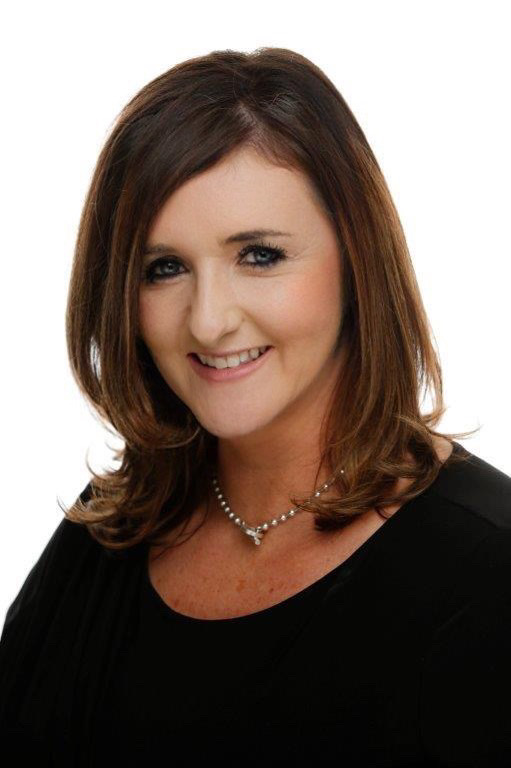Specialist Lending Solutions sat down with Marie Grundy (pictured), managing director for residential and second charge mortgages at West One Loans, to discuss key trends in the second charge market.
What is demand like currently for second charges? What are the most popular uses/has there been growth in particular areas?
Taking into to account the economic challenges during 2023, second charges have continued to perform well.
Overall lending for the industry is down 11 per cent compared to 2022 but this is not unexpected given the increased affordability constraints and downward pressure on property values.
As you might expect, the uncertainty that has surrounded interest rates for most of 2023 has led to more caution around aspirational borrowing. As a result, there has been a slight drop off in the demand for home improvement loans and raising capital for second property purchases, which are typically buy-to-let investments or holiday homes.
On the flip side, demand for debt consolidation remains strong at a time when households are looking to shore up their finances to offset increased living costs and potential mortgage payment increases as more fixed rates deal mature.
Do you think this demand level is sustainable long term or is it more of a short-term trend?
My view is that demand for second charges will only increase as we look towards 2024 and there are a number of factors for this.
Product transfers are becoming increasingly popular and are offered on a like-for-like borrowing basis. Following completion of the product transfer, should homeowners have further borrowing needs, second charges will continue to play an important role in meeting the changing needs of borrowers.
Furthermore, until recently, homeowners wanting to raise capital may have been encouraged by brokers to consider remortgaging, even if they were set to incur early repayment charges as these would be offset by switching to a low fixed rate product.
However, now that the UK’s record low interest rate environment has come to an end, borrowers with highly competitive mortgage rates will be reluctant to disturb their existing mortgage arrangements.
Plus, interest rates are still in a place where it is unlikely to be cost effective in many circumstances for a borrower to incur early repayment charges just to raise capital. This is where second charge mortgages come into their own.
What is the lender landscape like currently? Have there been more exits or new entrants to the space? What is criteria like and are more people struggling on affordability or not?
There are likely to be some new entrants coming into the market in 2024 which overall should have a positive impact. The consideration for any new entrant should be on how they can add value to what is still a relatively small market and I’m sure this will be front of mind for these firms.
What are the main challenges with second charge applications at the moment?
It’s probably fair to say there has been an uptick in down valuations which you would expect as house prices have softened. Affordability compression is also a factor in this, but generally it’s high street borrowers we see coming to West One for seconds who have good to excellent credit scores, so we haven’t seen a material change in the type of borrowers who are applying with us.
Are there areas that could be improved / are there underserved areas of the market?
In many ways, fintech is more developed in seconds than in some of the adjacent lending markets.
For example, API integrations are commonplace and as an industry there is increased focus on how we can further harness technology to create less friction in the mortgage process. There is still some way to go, but I am sure that over the next 12-24 months, we will see further innovation in this space.
In terms of underserved areas of the market, buy-to-let second charges is a product which is not widely available. We are one of a small number of lenders offering second mortgages to landlords who don’t always have the option of a further advance. We are looking to extend our product offering to meet the needs of an increased number of property investors so watch this space.
Is this an area that brokers will need to upskill in?
It is fair to say that there is growing interest in specialist lending as a whole, including second charges as more and more professional intermediaries recognise that they need to adapt their businesses to meet changing borrower needs and preferences.
Intermediaries don’t need to be experts in second charges, as they have the ability to partner up with specialist second charge broker firms who can support them through the process.
However, what we do need to see, is brokers making sure they are considering all options for their clients to drive the best possible customer outcomes. Expanding knowledge in this area would only have a positive effect on the delivery of a more holistic advice service.
Anna is a reporter for Mortgage Solutions and assistant editor for Specialist Lending Solutions, both B2B sister titles of YourMoney.com. She has worked as a journalist for over four years, initially in the specialty insurance sector before moving onto mortgages.
Read the full article here









